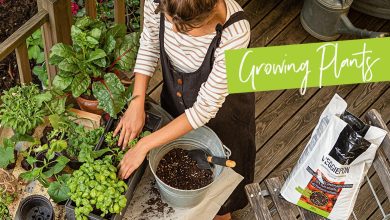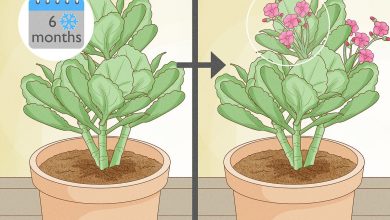How to transplant a plant correctly
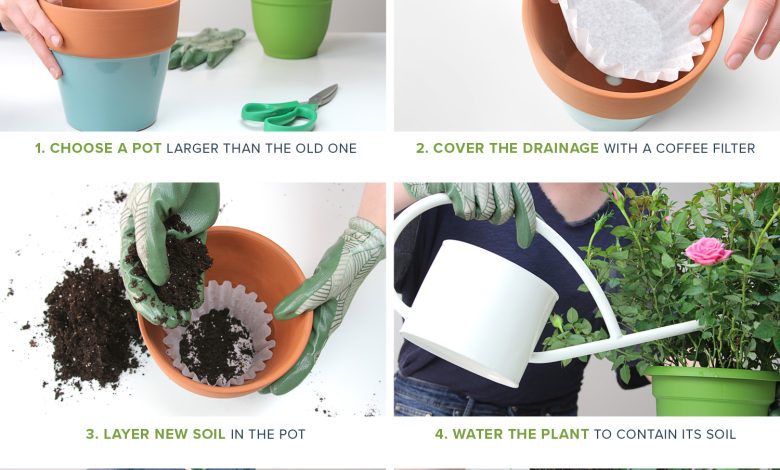
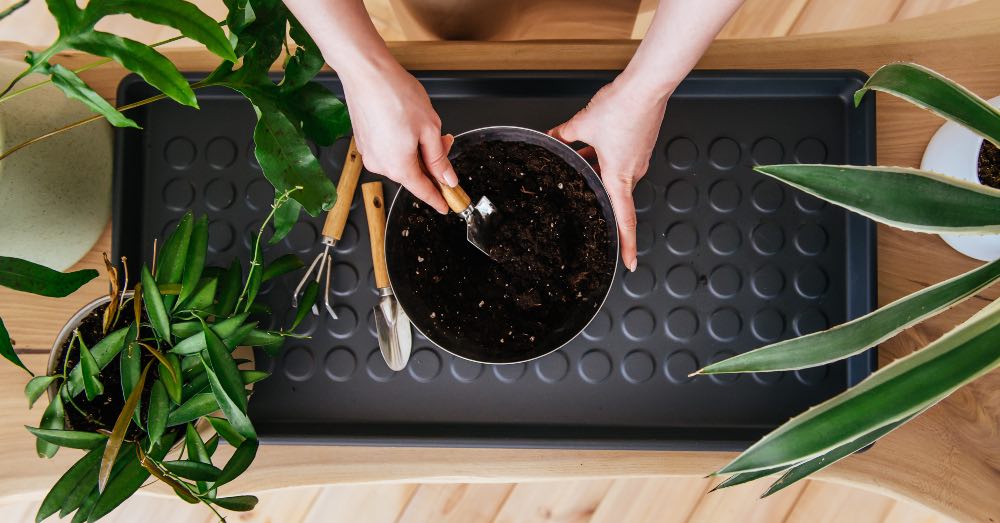
How to transplant a plant may seem, a priori, a simple and unimportant task. We carry it out regularly and, on many occasions, without paying it the attention it deserves. However, it is important to know that this gesture can mark the development of a plant. And we are not just referring to its growth. A correct transplant can even influence your good health. A good reason to give this work the relevance it has. And, what is even more important, knowing how to transplant a plant correctly.
The reasons for transplanting a plant are varied. Sometimes the reason for doing so responds to a personal aesthetic desire. A way to apply the keys of landscaping to our balcony, terrace or garden. At other times, the task seeks to improve the life of the plant, either to renew the substrate or to promote its growth. Whatever the reason, there are some guidelines that we cannot lose sight of in order to know how to transplant a plant correctly. Some that will make that apparently routine gesture fulfill its function of improving the life of our plant.
So let’s see step by step how to transplant a plant correctly. A task for which we not only have to contemplate the how but also the when.
HOW TO TRANSPLANT A PLANT CORRECTLY STEP BY STEP
Like many other gardening tasks, how to repot a plant correctly takes some planning. And no: it is not an accessory. Although it is little known, there is a phenomenon that affects any plant when we carry it out: transplant shock. A phenomenon that plants suffer, and that is still the consequence of a poorly executed gardening task. For a plant, any transplant is synonymous with stress. The change of location directly affects the plant. And it is enough to understand the factors that influence it to avoid them.
While it is true that transplant shock is more common in garden plants, different types of outdoor and indoor ornamental plants also suffer from it.
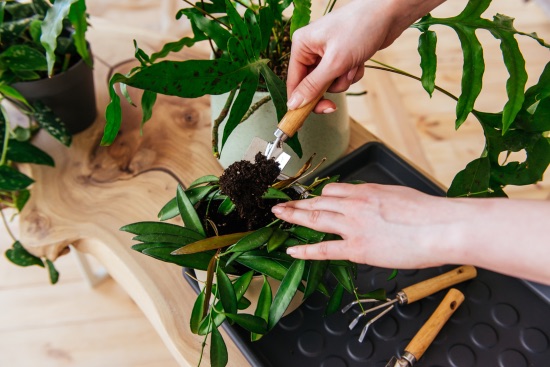
Since it can compromise the health of the plant, there is nothing like knowing how to transplant a plant correctly. Some instructions of simple execution that will avoid unpleasantness.
1. Get to know our plant and its needs
It may seem secondary, but it is not. The plant kingdom is extremely varied in terms of indoor plants and outdoor plants. And we are not just talking about the type of plants or the cultivation characteristics they may have. Curiously, there are a good number of plants that tolerate transplants perfectly, yes. But there are also a good number of them that don’t take them very well to the point that doing it incorrectly can kill them.
Since many plants have special needs, it is essential to know ours in depth. The best way to know if it is advisable to transplant regularly or if, on the contrary, it can be negative for them. A knowledge that even implies knowing if what is recommended is a much larger pot than the one they had or if, on the contrary, it should not be.
2. Use a suitable substrate, essential when transplanting a plant
As much as it may seem like just land at first glance, nothing is further from reality. The existence of different types of substrates for plants responds to the specific needs of plants. A compelling reason for us to give it the attention it deserves, and plan the transplant to have the right substrate.
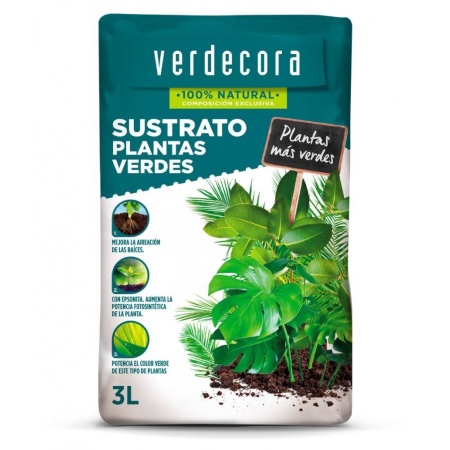
The different substrates not only seek to cover the nutritional needs of the different types of plants. They also help in important aspects such as rooting, the color of the leaves or even drainage.
3. Correctly choose the moment of transplant
A vital detail for the correct development of any plant. As much as we think that all plants can be transplanted at any time, this is not the case. To begin with, because in the case of many we have to carry out this work just before their growth or flowering season begins. Doing it at that time will allow our plant to have a substrate with renewed nutrients and face the season with new energy. If you transplant a plant in full bloom, it is most likely that the plant will not bloom that season.
As important as this detail is transplanting when temperatures are favorable. For this reason, and except for certain plant species, we should not transplant in cold months. The ideal is usually to transplant at the end of winter, when spring begins.
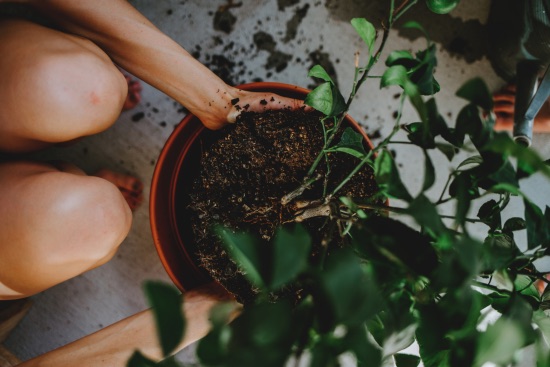
Finally, one more tip: the time of day. The ideal is to focus on the hours in which the heat is declining, to prevent the extra degrees from damaging our plant at such a compromised time.
And we come to the million dollar question: what do we do with those plants that we just brought home? Easy. Despite the desire, the ideal is to wait at least a week until they acclimatize to the new location and conditions. If, in addition, our new plant has open flowers, all the more reason. Repotting can cause the plant to wilt.
4. Make sure that the transplant site is correct
Almost as important as the moment is the place. If we are going to transplant directly into the garden, it is important to check that nothing prevents the growth of the plant. For this reason, it is worth checking if there may be stones in the lower layers of the soil that prevent them from growing. An important detail in the case of large plants or with a tendency to deepen their roots. It is also important to check that the drainage is correct, and that the soil facilitates it.
If what we consider is how to transplant a potted plant, there are other aspects to consider. To begin with, it is vital to know the different types of pots to choose the most suitable one according to the plant species.
5. Prepare the roots for transplanting, the last step when it comes to how to transplant a plant
Taking advantage of the fact that we are going to transplant, it is time to review the state of the roots. To begin with, we will be very careful when removing the plant from the pot it is in so as not to damage them. If it is a plant that is in the ground, we will have to select a good-sized root ball around the roots themselves to prevent them from being damaged.
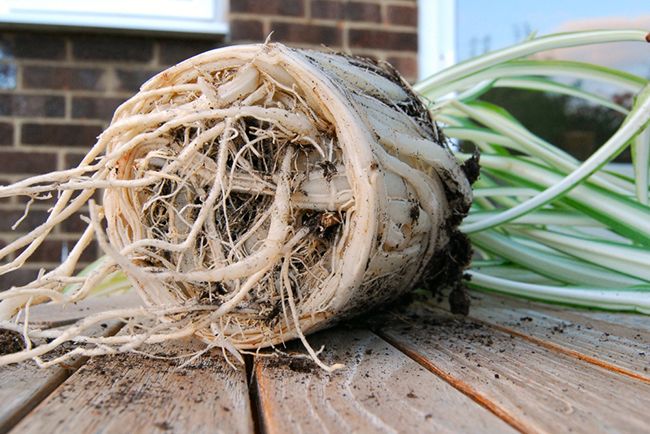
Also, it is a good time to untangle them if they are. By doing so, we will help the plant to take root better in its new location and, in addition, we will remove the caked substrate since it can impede its growth. Finally, we will review the humidity they already have. In the event that they are not hydrated, it is advisable to moisten them before transplanting.
And you, how many of these tips do you follow when it comes to how to transplant a plant?


![Photo of Plant Snapdragon in your Garden: [Guide + Steps to Follow]](https://www.complete-gardening.com/wp-content/uploads/2022/08/plant-snapdragon-in-your-garden-guide-steps-to-follow-390x220.png)
